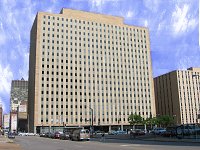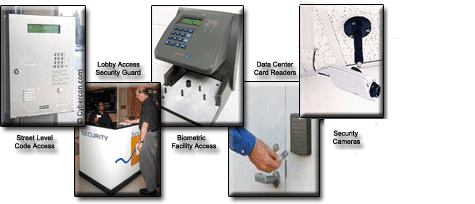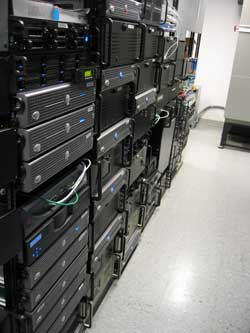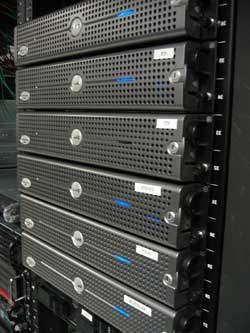
PHP Hosting, and Railo Hosting on Windows or Linux!*



Power:
The data center building is served by three ultra reliable underground grids configured in a spot network that allows any one grid to drop without interruption to the building power supply. The data center also is equipped with it's own uninterruptible power supplies (UPS) that insure against short-term interruptions of power. UPS's also regulate the quality of power so that all equipment receives constant line voltage.
Cooling and Fire Protection:
The server room temperature is maintained by redundant Liebert indoor cooling systems at an optimal temperature. These cooling systems provide precise, reliable control of the data center temperature, humidity, and airflow that improves operating conditions for sensitive electronic equipment.
Engineered with the highest degree of protection against fire damage the data center has, concrete floors, all steel ceilings, fire proof walls, and steel framed racks.
To prevent accidental sprinkler discharge, the data center is equipped with a zoned, dry-pipe, pre-action sprinkler system that requires two or more sensors to activate. A state-of-the-art VESDA air sampling fire detection system is capable of detecting invisible by-products of materials as they degrade during the pre-combustion stages of an incipient fire by actively and continuously sampling air.
Network:
The network is powered by Cisco Routers, Switches and Toplayer IPS for intrusion prevention. The IPS systems are kept up to date with the latest vulnerability signatures by contract with TopLayer. Replacements for each part of the network are maintained for quick recovery of any total hardware failure.
The servers are owned and maintained by our provider's staff. Several levels of protection have been developed and are maintained for both hardware and software to insure that server failure stays low. Dell Servers are used for the production web and application servers . In addition to high-quality hardware, software such as Diskeeper for defragmentation and R1Soft's CDP are used to backup all the data on the servers.

